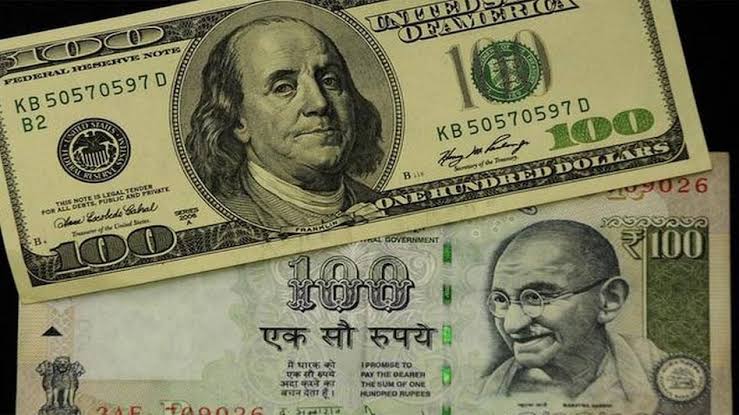On December 19, the rupee hit a record low against the dollar, crossing the 85 mark for the first time. This drop happened after the US Federal Reserve (Fed) announced that there would be fewer interest rate cuts than expected, which strengthened the dollar against many other currencies.
The rupee has been unstable for some time, especially since Donald Trump won the US presidential election. It dropped from 84.11 to a dollar on November 5 to 85.07 on December 19. On December 24, it fell even further to 85.16, setting another all-time low.
Several factors contributed to the rupee’s fall, including concerns about US economic policies under Trump and the outflow of foreign investments from India. The Fed’s decision to cut interest rates by 0.25% on December 19, along with signals that there would be fewer cuts next year, also led to a global market drop. In India, both the Sensex and Nifty fell by over 1% that day.
Also Read- Indian Rupee Hits Record Low of 84.28 Amid Strong Dollar Outlook
Despite the decline, the rupee is still one of the best-performing currencies. The Reserve Bank of India (RBI) has been actively involved in managing the currency by buying and selling foreign currencies, like the dollar, to stabilise the rupee. This has led to a drop in India’s forex reserves, which decreased by $27 billion between November 1 and December 6.
A weaker rupee can make imports more expensive and contribute to inflation. However, it can also make Indian exports more competitive, helping to reduce the trade deficit. It also benefits Indians living abroad, as their remittances become more valuable.
While some experts argue that a weaker rupee can support exports, there are risks. A weaker rupee can lead to higher “imported inflation,” meaning the cost of imported goods rises, which can increase overall inflation. This could be a problem for an economy already facing inflation over 5%. Despite this, many believe the US will keep the dollar strong, meaning the rupee and other currencies will continue to face pressure.


